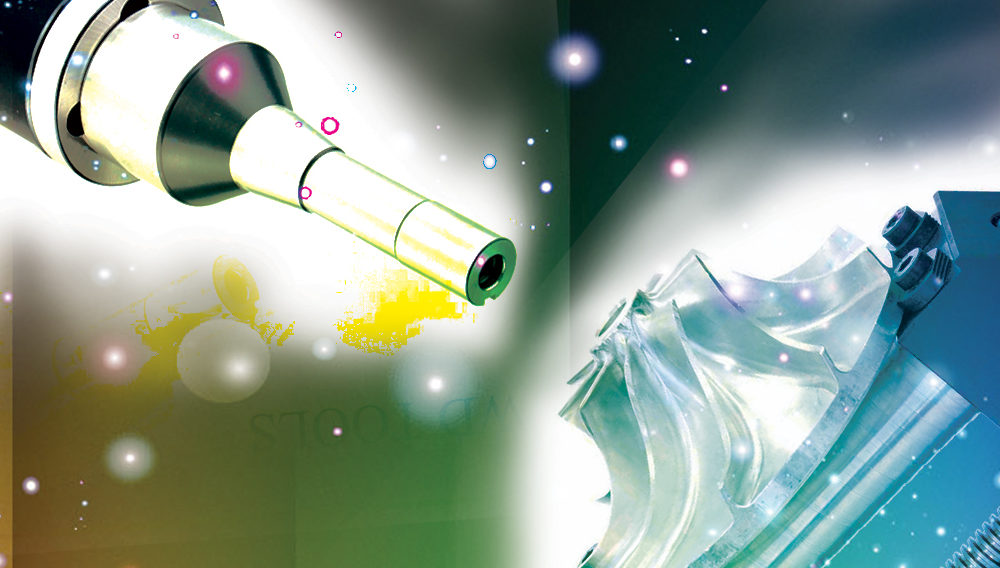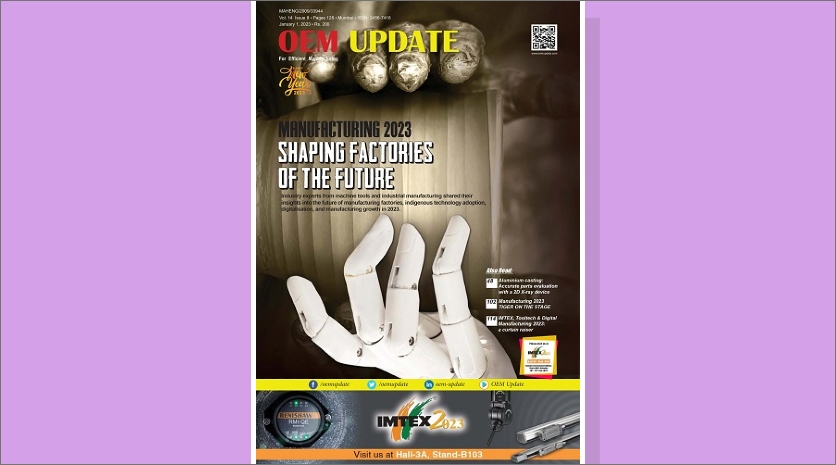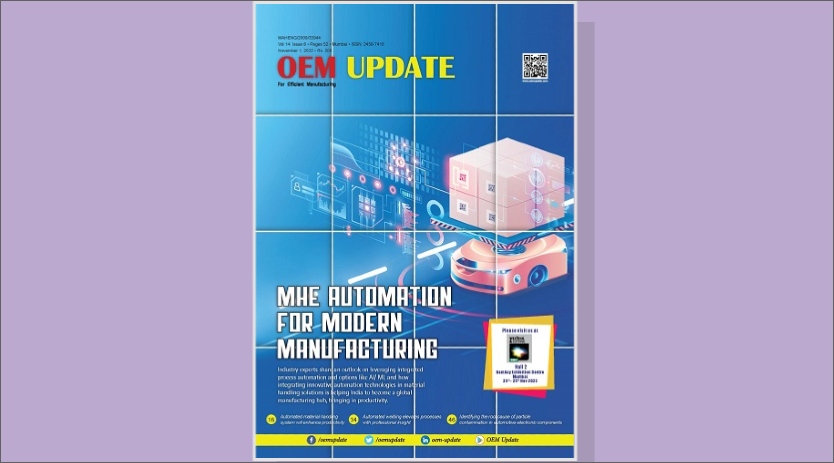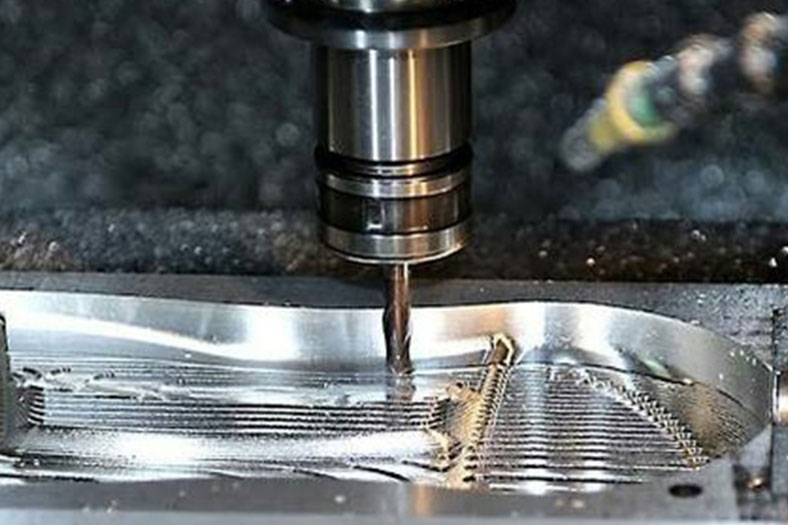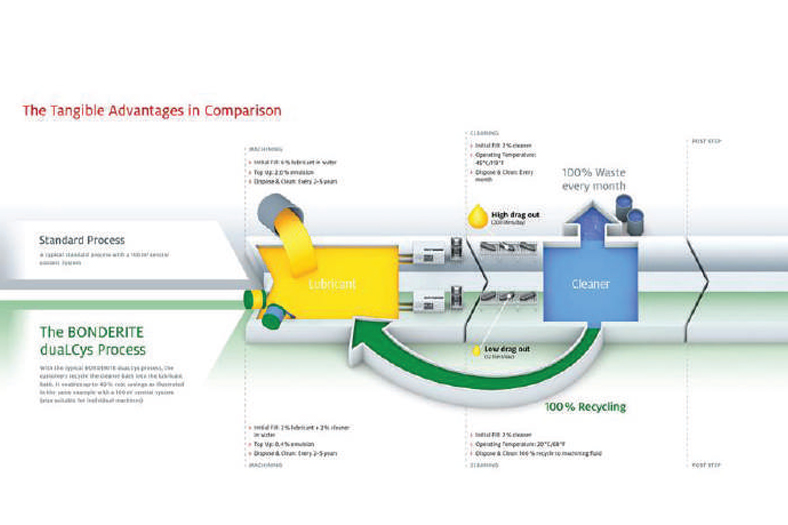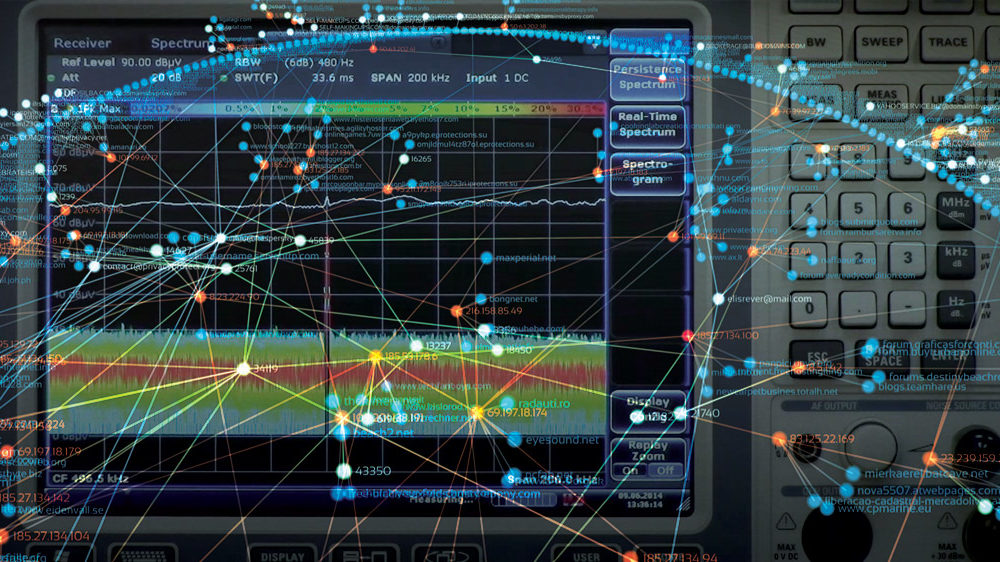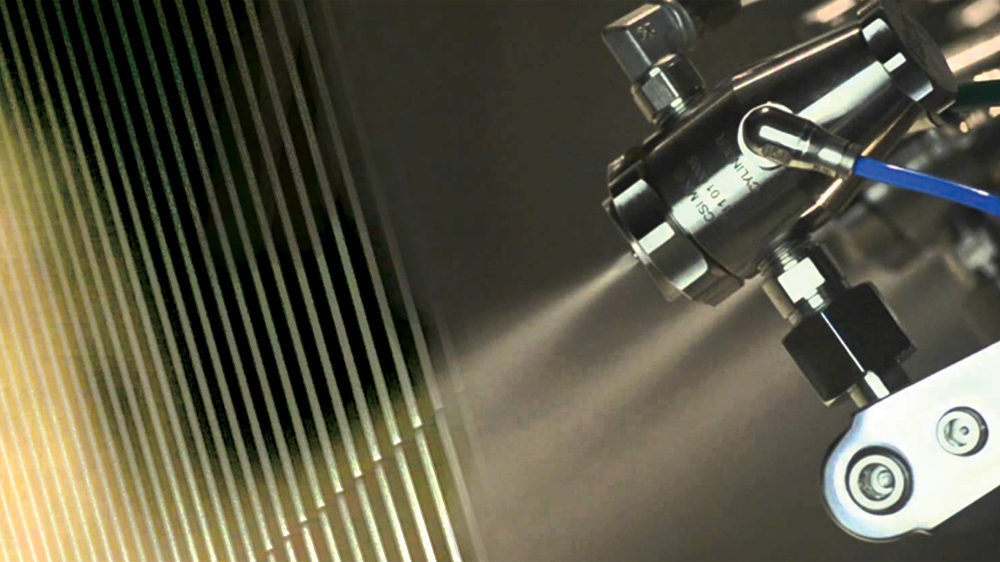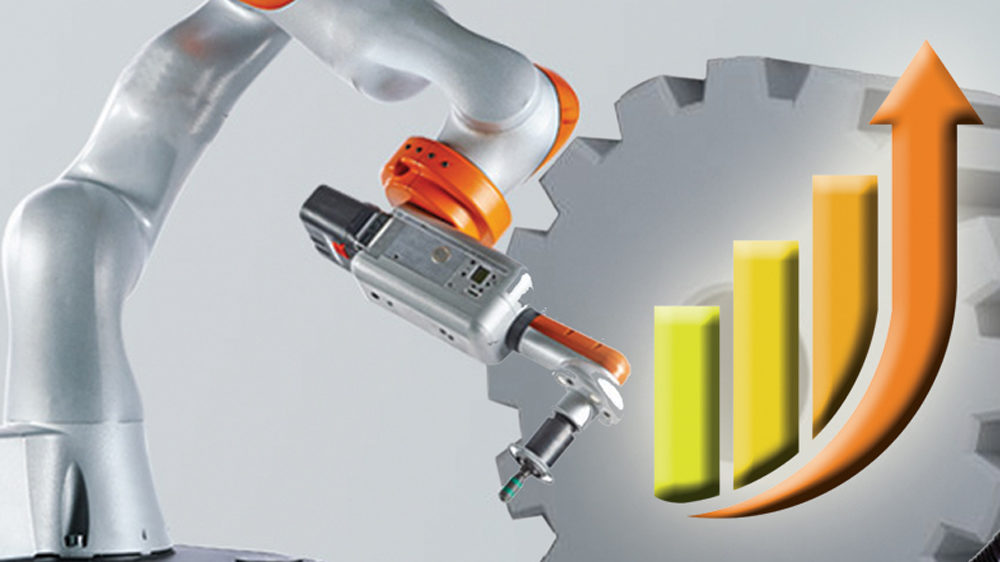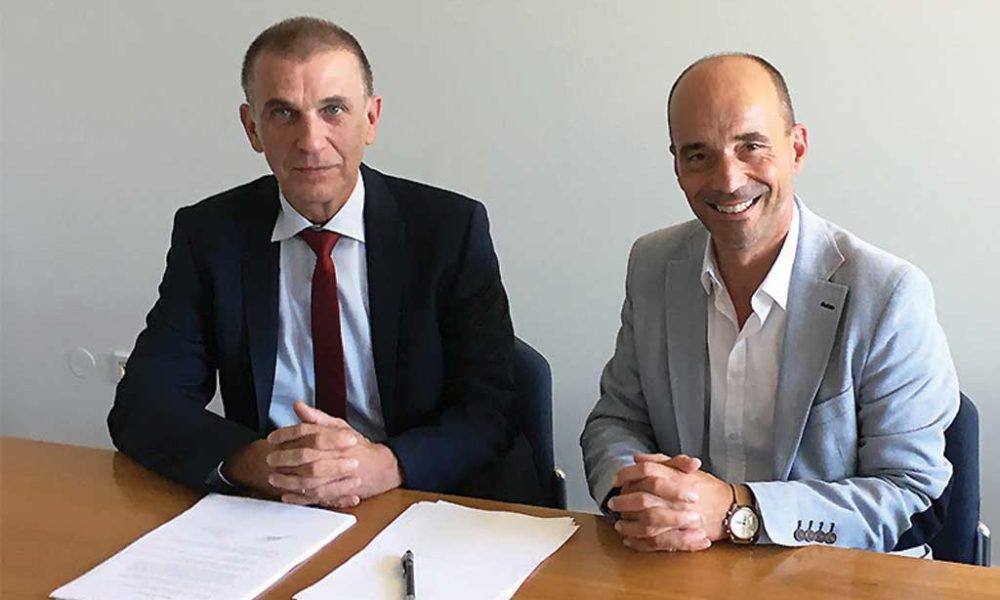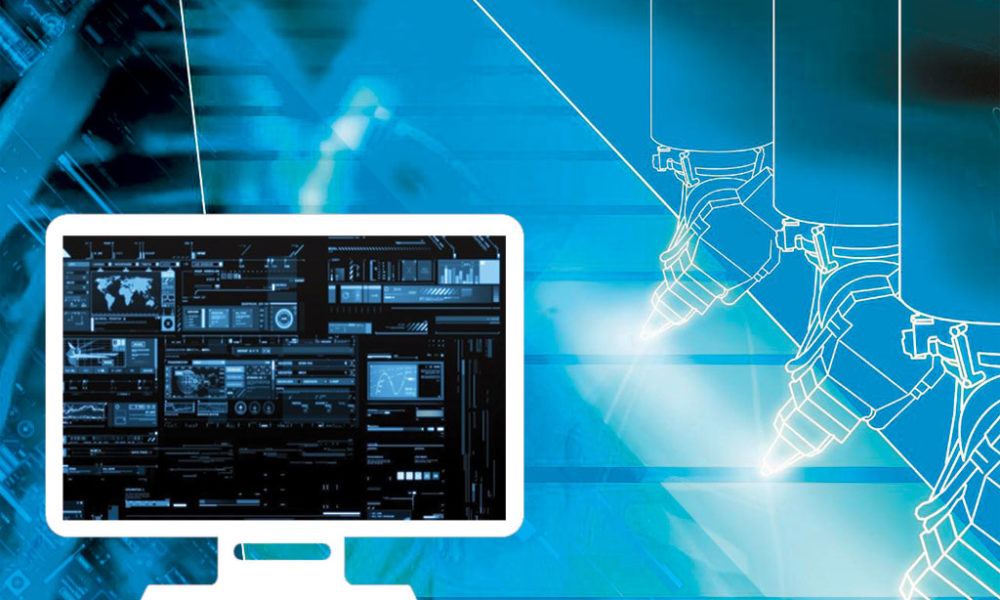Why 5-Axis?
July 17, 2017 12:52 pm
An exclusive report on the benefits of switching to 5-axis machines.
In today’s time, the major benefit of switching to 5-axis machines is simple and straight as it offers extensive way for new opportunities and the ability to machine complex jobs in a single set-up, thus, increasing greatly machining productivity by significantly reduction in numbers of set ups, the time and cost of preparing fixtures, programming time and cost and floor space requirement. Here’s a look at what experts have to say on switching to a 5-axis machine:
The Winning Edge
Talking about the benefits of switching to a 5-axis machine, P.G. Jadeja, President, IMTMA, says, “Manufacturing industry stands to gain significantly in switching to 5-axis machines.”
Jadeja outlines some of the major benefits of using 5-axis machines as:
• The ability to machine complex shapes in a single mount. The single mount machining results in higher relative geometrical accuracy with respect to the datum reducing the number of machines and processes.
• More suitable for high precision complex machining components.
• Quick interface with IoT and Industry 4.0.
• These class of machines are also capable to manufacture slender components of any material.
• Although the investments are high but it works out the cost to component reasonably.
Ease for manufacturing complex prototype
According to Vikas Taneja, Vice President – Marketing, Jyoti CNC Automation Ltd, “The major benefit of switching to 5-axis machines as it offers wider way for new opportunities and the ability to machine complex jobs in a single set-up, thus increasing greatly machining productivity by significantly reduction in numbers of set ups, the time and cost of preparing fixtures, programming time and cost and floor space requirement. Finishing job in single setup assures greater accuracy. 5-axis machines enable shorter cutting tool to be used and thereby reducing tool vibration, tool breakages and increasing tool life.”
He adds, “Switching to 5-axis machines offers great ease for manufacturing complex prototype in quicker and cheaper way. It is a more efficient way of manufacturing which make you more competitive and profitable, even for less complex jobs.”
Highly effective: A new generation 5-axis machine
If we look at history, milling process of machining is started to cater the requirement of machining prismatic parts during the industrial revolution. Initially, VMC (vertical machining centers) was popular then HMC (horizontal machining centers) for large parts became famous. Since, milling is expected to machine prismatic parts, most of the parts has requirement of machining on multiple sides of prismatic part. This can be achieved by setting up part in various orientations for each face machining. “Sometimes even moving from VMC to HMC or vice versa. The time consumed in moving parts between machines or setting so many times is so high and it is almost practically impossible to setup the part again precisely. If there is positional relation between features it’s a big challenge to meet tolerances after switching setup,” explains Nitin Wakode, Associate Vice President PSG, Onward Technologies Ltd.
Later, was era of universal machines which has manually rotating head which allow it to act as VMC or HMC depending on requirement. Manually indexed head at an angle or manually index table at rotation angle met requirements to some extent to reduce multiple setup time. There are few parts in automotive which require 5-axis machining like crank shaft, engine manifold and few other but if you take case of aerospace parts most parts require multi-axis machining. Recently, even the consumer durables shapes need multi-axis machining.
Product innovation and customer experience
Today, we are living in the age of product innovation and customer experience. According to Wakode, the days are gone when the products were manufactured and sold the way manufacturing company want. The only objective then was to make sure it delivers the function which it is intended to deliver. He adds, “Nowadays, products are designed not just to meet the requirement or aerodynamic design or complex shapes but to meet the user experience. Every product is designed and simulated in virtual environment to check the user experience. Everyone is trying to provide dream design. Obviously it’s a great challenge to check the manufacturability – use the most advanced and best suitable manufacturing processes. In most of the cases tooling for mass productions require CNC manufacturing. Lot many issues are to be resolved for manufacturing such products. But thanks to the technology which is supporting the requirements promptly.”
Welcome to the CAD/CAM revolution
The CAD/CAM revolution made copy milling machine to move to CNC from 2- to 3-axis to 5-axis milling, believes Wakode. He adds, “The most complex shapes expected today can be machined by new generation 5-axis machines. Mastercam has many great strategies for multi-axis machining. Important is to have easy to use strategies especially in multi-axis as there are many challenges in multi-axis machining including tool axis control and path.”
There are various types of 5-axis machines available today to support variety of application requirements.
• Table-Table 5-axis machine: Both rotary axis are on table . Head is fixed either vertical or horizontal.
• Head-Table 5-axis machine: One rotary axis is on Head and one rotary axis is on table.
• Head-Head type 5-axis: Both Rotary axis are on head. These are standard or nutating type as well.
• Mill-turn or multi-tasking machines: Which can perform milling and turning with multi-task are also great machines to finish part quickly.
According to Wakode key benefits of switching to 5-axis machining include:
• Reduces multiple setting up time for multi-face machining parts.
• Sometimes even you can avoid requirement of additional Machine.
• Tolerances can achieved where relation
of features between different faces are of prime importance.
• Avoids requirement of complex fixtures or setup.
• Parts with complex shapes like impeller and turbine blades with simultaneous 5-axis motions.
• Most of the aerospace parts with negative drafts can be machined only on 5-axis machines.
• Deep cavities or bosses which used to require long overhang can be eliminated using tilted axis 5-axis machining.
• Engine manifold or port needs only simultaneous 5-axis machining.
• Most of new product shapes can easily be machined on 5-axis machine.
Cookie Consent
We use cookies to personalize your experience. By continuing to visit this website you agree to our Terms & Conditions, Privacy Policy and Cookie Policy.



